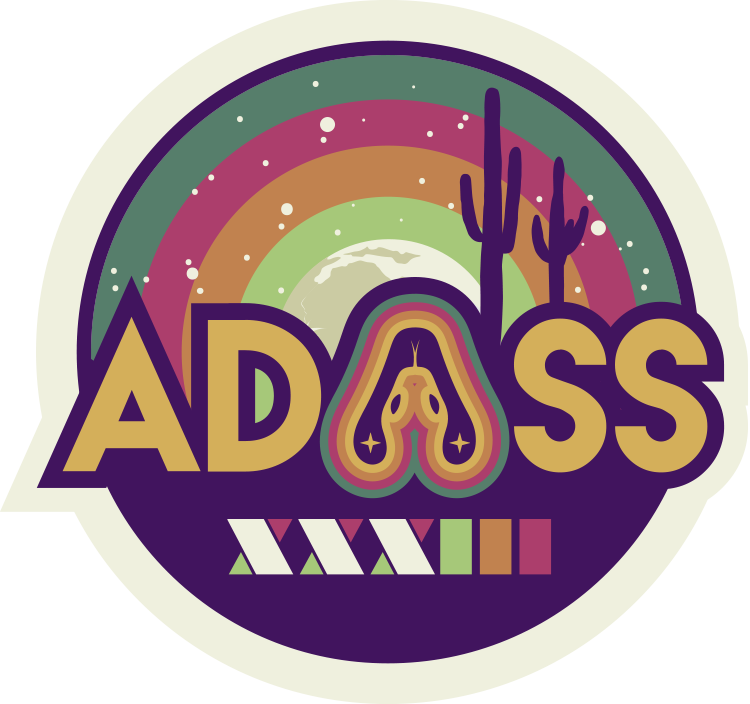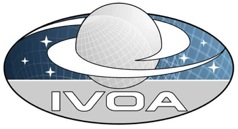Tuesday plenary 2: contributed talk
When
Where
Theme: AI in Astronomy
New software developments in data post-processing are being made within the SKA precursor communities to enable extraction of science information from radio images in a mostly automated way. Many of them exploit HPC processing paradigms and machine learning (ML) methodologies for various tasks, such as source detection, object or morphology classification, or anomaly detection.
In this context, we are developing several ML-based tools to support the scientific analysis conducted within the ASKAP EMU and MeerKAT surveys. One tool employs deep neural networks to detect compact and extended radio sources and imaging artifacts from radio continuum images. Another tool uses different ML techniques to classify compact sources into different classes (galaxy, QSO, star, pulsar, HII, PN, YSO) using radio and infrared multi-band images. Furthermore, we have developed self-supervised models for radio data representation learning, and generative models to produce synthetic radio image data for data challenges or model performance boosting.
These tools have been trained and tested on ASKAP EMU and SARAO MeerKAT Galactic Plane (SMGPS) survey data. An overview of the results achieved will be presented at the workshop, along with details on the ongoing activities and future prospects.



